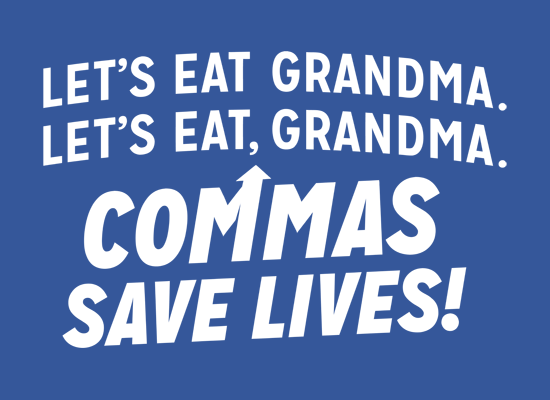Updated January 24, 2023
There are tons of content writers. You read their stuff every day. Then, there are a small number of good content writers; ones that can write in a way that makes you think. And then, there are even fewer great content writers. These select few are the ones that can compel you to action with their words.
This follows suit with J. L. Austin’s theory of linguistics. He was a British philosopher of ordinary language. Much of his philosophy on language and communication is comprised of three fundamental components:
1. Locution – what was said.
2. Illocution – its intended meaning.
3. Perlocution – its actual effect, whether intended or not.
These three components comprise what Austin called a Speech Act.
The perlocution part of the speech act, in content marketing parlance, can be compared to a click-thru, a conversion, or some other final outcome (click-thru, purchase, inquiry, download, contact, etc).
You can begin to see that the old axiom “It’s not what you say, it’s how you say it” is true. In fact, here’s a great example of that:
Even from a verbal standpoint, that sole comma in the example above, directs the reader to pause, before saying the final word. Otherwise, the intended outcome (perlocution) could be problematic!
While this example is easy to understand, it barely scratches the surface of the fine art of communicating effectively in content. When you factor-in things like comprehension, readability, valence, context and other facets of communication, it becomes clear that writing content that works is not an easy thing to do. Furthermore, like any interconnected series of things, each component is comprised of its own separate elements.
Therefore, a locution could be comprised of a series of words. In turn, those words are comprised of letters and those letters are a combination of vowels and consonants. An illocution is comprised of a series of words arranged in a specific order or syntax. That syntax could result in a question, a statement, a command, etc. and each of those contains various word forms and values. Finally, a perlocution is a thing unto itself and is solely contingent upon the “effects” of the illocution. In essence, it’s the outcome.
Looking at it as a content marketer, you could surmise that a locution is the message or content. Illocution is the call-to-action. And perlocution is the resulting action the reader takes.
Sometimes, the perlocution/outcome doesn’t produce the result desired. Content writers, ad copy writers, and digital marketers know this all too well. It’s what CTR and conversions are all about. Maybe that’s why typical advertising CTRs are and overall conversions are so low. Think about it. What are you saying in your messaging and content? Better yet, how are you saying it?
Consider further how your content, as a whole, is related to your conversions and ultimately to your sales.
Learn more about this in our white paper The Syntax of Consumerism. Or, check-out more about this subject matter on our blog.


